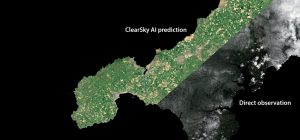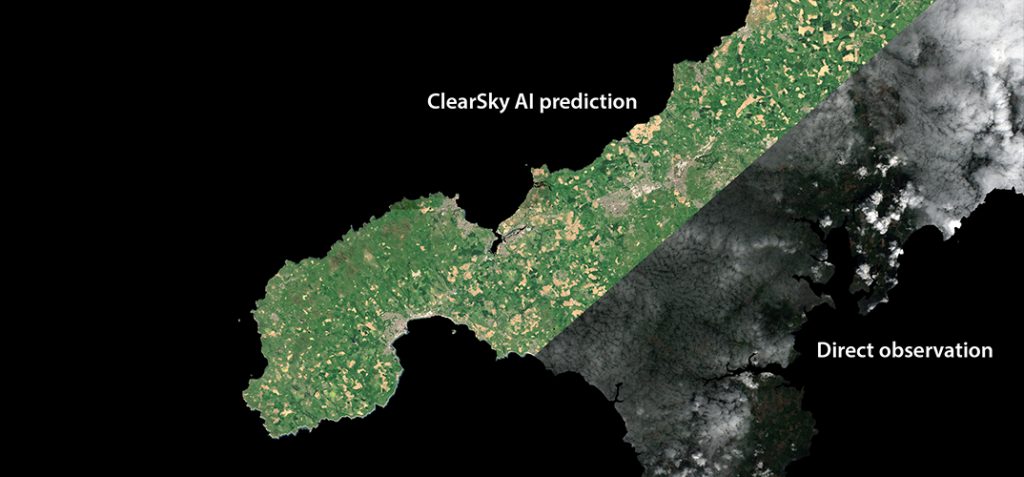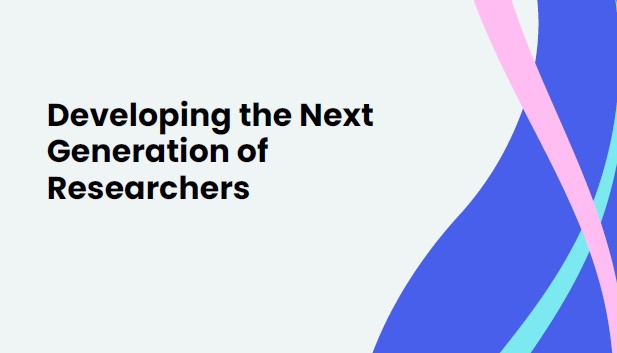 University of Hertfordshire uses Goonhilly’s deep learning hub for AI venture that ‘sees through’ clouds
University of Hertfordshire uses Goonhilly’s deep learning hub for AI venture that ‘sees through’ clouds
The University of Hertfordshire has partnered with satellite communications innovator and space gateway Goonhilly Earth Station Ltd to provide regular satellite mapping of the UK free from cloud cover, for the first time.
More information:
The University of Hertfordshire team uses satellite radar imaging to generate detailed images of the Earth’s surface in the more familiar visible and infrared bands. Since radar can pass through clouds, this allows the team to map the entire UK on a regular basis, uninterrupted by cloud cover. The venture originated from work funded by the Science and Technology Facilities Council (STFC) and incorporates techniques developed to analyse the light from distant galaxies. The project is led by University of Hertfordshire astrophysicist Professor James Geach and his PhD student Mike Smith.
With the UK land mass often shrouded in cloud, this breakthrough enables a whole new sphere of business opportunities exploiting Earth Observation data. Target customers will include insurance firms, commodity traders, supermarkets and the agricultural industry. In fact, the team are already working with agritech company Agrimetrics to develop a pipeline for monitoring the health and growth rate of each of the UK’s 2.8 million fields on a weekly basis.
Additionally, there are plans to integrate the cloud-free images into a live database combining land, ocean and atmospheric data. It will enable organisations such as government agencies and private businesses to predict environmental threats like flooding and wildfires; monitor coastal erosion; and track the impact of climate change on crop growth patterns, enabling quicker and more informed decision making to respond to these threats.
Quote:
“Goonhilly’s deep learning platform has allowed us to massively accelerate time to market. The platform’s phenomenal processing speed has made it possible for us to significantly scale up our models and increase the scope of our analysis. It’s rewarding to see how techniques developed for astrophysics can be applied to Earth Observation data to deliver real-world impact, and we’re excited by the range of possible applications.”
Professor Jim Geach, Professor of Astrophysics at the University of Hertfordshire




